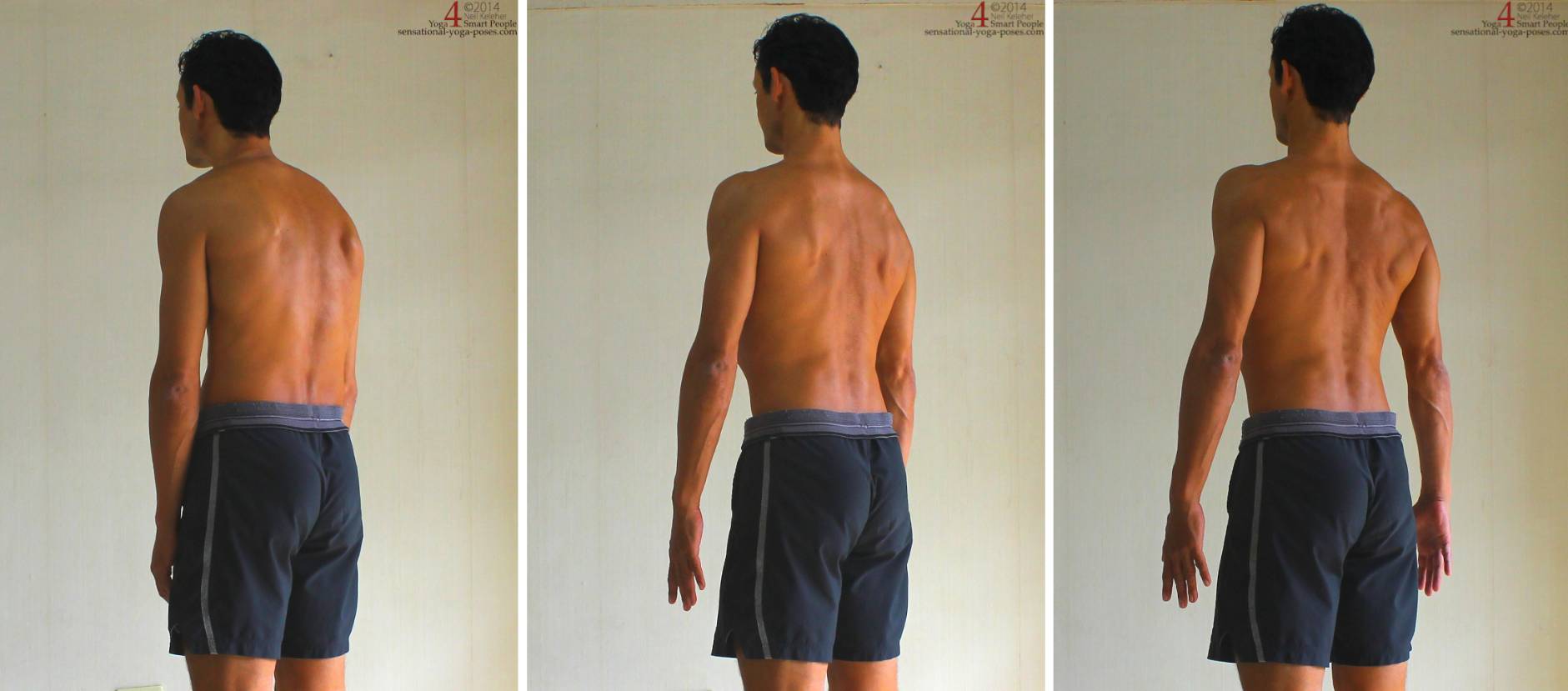I am grateful that almost every year, my travel schedule takes me to New York City (more on this great city in future posts). And every year, I try to take advantage of being in a city of amazing yoga teachers and students by attending as many classes as possible.
This trip, I had high hopes of writing a NYC Yoga Roundup for you, but instead I learned two important things:
1. Many yoga teachers take time in April off for a spring break, so call or email ahead to see if the teachers you are hoping to see will be having class. And don’t be surprised if they aren’t, as I am. Every year.
2. Being held captive in your hotel room due to illness doesn’t go well with the plan of practicing a lot of yoga.
To the latter point, I was able to get one class in prior to my illness, it was the Teacher’s Class taught by Alison West at Yoga Union. Alison is the Director of Yoga Union and has an incredible background. She was recently named one of the most influential yoga teachers in America and is worth practicing with…if you pass the test 🙂 (If you plan to take the Teacher’s Class, you have to be given permission by Alison to attend, and she is understandably picky about who is let in.)
The particular class I attended focused on Shoulders. Reach, extend, but whatever you do, don’t drop your shoulders down your back. Shoulders back is a cue that I’ve heard from many teachers since I started practicing yoga so it was hard for me to avoid doing this (and boy, did Alison remind me of this all throughout class). Given that many of us spend the majority of our day hunched over a computer (shoulders protracted), it seems logical to me that shoulders back (retracted) is a good way to counter this ‘bad posture.’ To over-simplify Alison’s reasoning, it’s about extension and over time shoulders down and back becomes bad for your lower back. As somebody who already deals with lower back pain (hello, 80% of adults), I thought it would be wise to listen.
Decoupling shoulder and spinal movement
If shoulders down and back is a cue you’re used to hearing or teaching, fear not, it’s not totally wrong. The devil is in the details. For many of us, when we send our shoulders down and back we also send our spine into a slight backbend. That is, at the same time we’re moving our shoulders, we’re extending the spine. You may be able to notice this – as your lower ribs jet out and chest lifts. Other issues this could cause include a lower quality of breath and tension in the mid to upper spine, which you can learn more about here.
 So how do you fix this?
So how do you fix this?
Instead of shoulders down and back, relax the shoulders. And over time target the tension pulling them forward. Practice moving the shoulders aside from moving the spine.
It’s not easy, but over time you will notice the difference – especially in poses like handstand and forearm stand. And long term, you will avoid lower back pain, which alone is worth it!